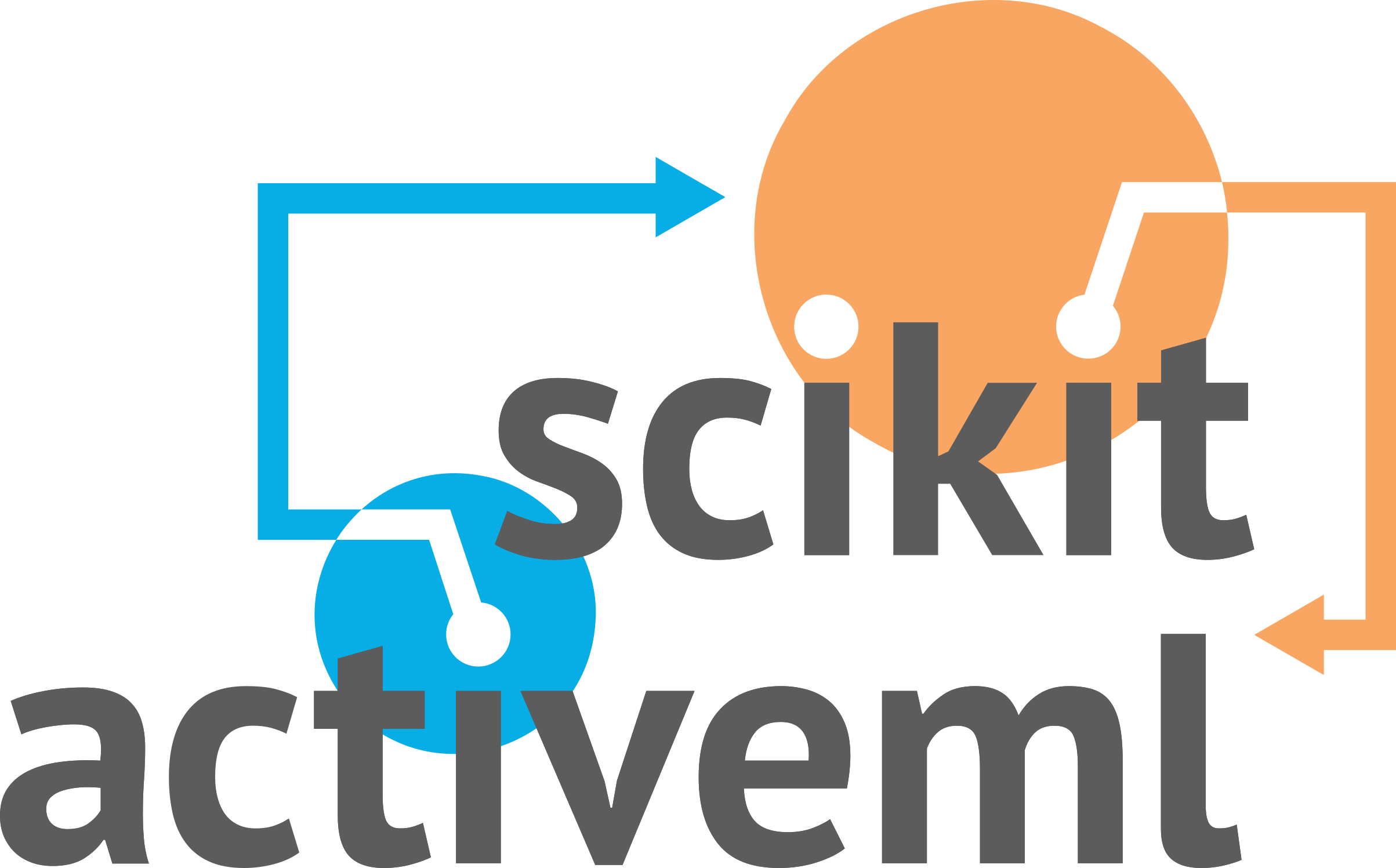import numpy as np
from ..base import SingleAnnotatorPoolQueryStrategy
from ..utils import MISSING_LABEL, simple_batch
[docs]
class RandomSampling(SingleAnnotatorPoolQueryStrategy):
"""Random Sampling (RS)
This class implements random sampling as a lower baseline for other query
strategies. It randomly selects `batch_size` unlabeled samples whose
utility scores are also randomly generated.
Parameters
----------
missing_label : scalar or string or np.nan or None, default=np.nan
Value to represent a missing label.
random_state : int or RandomState instance, default=None
Random state for candidate selection.
"""
def __init__(self, missing_label=MISSING_LABEL, random_state=None):
super().__init__(
missing_label=missing_label, random_state=random_state
)
[docs]
def query(
self, X, y, candidates=None, batch_size=1, return_utilities=False
):
"""Determines for which candidate samples labels are to be queried.
Parameters
----------
X : array-like of shape (n_samples, n_features)
Training data set, usually complete, i.e., including the labeled
and unlabeled samples.
y : array-like of shape (n_samples,)
Labels of the training data set (possibly including unlabeled ones
indicated by `self.missing_label`).
candidates : None or array-like of shape (n_candidates), dtype=int or \
array-like of shape (n_candidates, n_features), default=None
- If `candidates` is `None`, the unlabeled samples from
`(X,y)` are considered as `candidates`.
- If `candidates` is of shape `(n_candidates,)` and of type
`int`, `candidates` is considered as the indices of the
samples in `(X,y)`.
- If `candidates` is of shape `(n_candidates, ...)`, the
candidate samples are directly given in `candidates` (not
necessarily contained in `X`). This is not supported by all
query strategies.
batch_size : int, default=1
The number of samples to be selected in one AL cycle.
return_utilities : bool, default=False
If `True`, also return the utilities based on the query strategy.
Returns
-------
query_indices : numpy.ndarray of shape (batch_size,)
The query indices indicate for which candidate sample a label is
to be queried, e.g., `query_indices[0]` indicates the first
selected sample.
- If `candidates` is `None` or of shape
`(n_candidates,)`, the indexing refers to the samples in
`X`.
- If `candidates` is of shape `(n_candidates, n_features)`,
the indexing refers to the samples in `candidates`.
utilities : numpy.ndarray of shape (batch_size, n_samples) or \
numpy.ndarray of shape (batch_size, n_candidates)
The utilities of samples after each selected sample of the batch,
e.g., `utilities[0]` indicates the utilities used for selecting
the first sample (with index `query_indices[0]`) of the batch.
Utilities for labeled samples will be set to np.nan.
- If `candidates` is `None` or of shape
`(n_candidates,)`, the indexing refers to the samples in
`X`.
- If `candidates` is of shape `(n_candidates, n_features)`,
the indexing refers to the samples in `candidates`.
"""
X, y, candidates, batch_size, return_utilities = self._validate_data(
X, y, candidates, batch_size, return_utilities, reset=True
)
X_cand, mapping = self._transform_candidates(candidates, X, y)
if mapping is None:
utilities = np.ones(len(X_cand))
else:
utilities = np.full(len(X), np.nan)
utilities[mapping] = np.ones(len(mapping))
return simple_batch(
utilities,
self.random_state_,
batch_size=batch_size,
return_utilities=return_utilities,
method="proportional",
)
